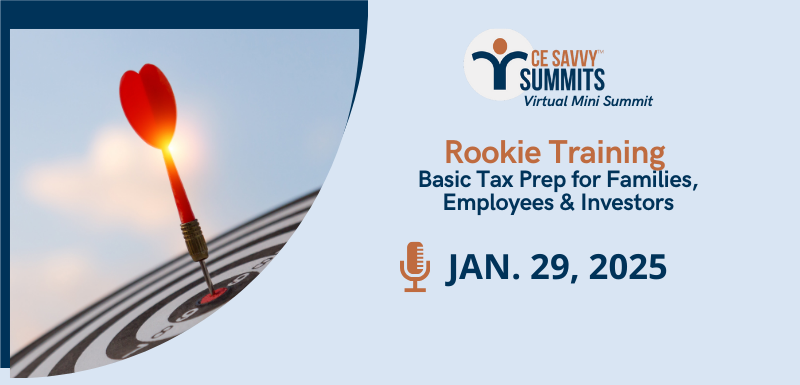Student Loan Forgiveness

Geoff Currier
Each year Canada writes off millions in unpaid student loans. This is a generally under-reported story but the money we, as Canadians, lend to students and never see again is significant, as explained below. Further, in an effort to ease the burden on students the government eliminated interest on student loans in 2023. Despite the government’s best efforts to make repayment easier, defaults continue. This year, though, the federal government is pivoting to provide some new incentives.
The Write Offs. In 2022-23 the amount our federal government wrote off in student loans was $220.6 million. This compares to $295 million in 2015 and $163 million in 2019.
A New Incentive. The federal government has been forgiving certain student loans. The aim is to encourage graduating professionals to move to underserved communities. The  government’s goal is to see 900 new family physicians and nurses working in smaller or rural communities in the next ten years.
government’s goal is to see 900 new family physicians and nurses working in smaller or rural communities in the next ten years.
The requirement for loan forgiveness is that those doctors and nurses practise in communities of less than 30,000 people. They would also have to practise in those communities for five years in order to receive the maximum amount.
When the program began in 2013, family doctors and residents were eligible to receive up to a maximum of $40,000 over five years. Nurses and nurse practitioners were eligible for a maximum of $20,000 in forgiveness over a five year period. At that time the criteria applied to communities of 50,000 or less.
In November 2023 the government announced that it was increasing the amount of eligible student loan forgiveness up to $60,000 to family physicians and up to $30,000 for nurses and nurse practitioners.
Now, for 2025, the list of eligible professions has been expanded greatly as a result of announcements in the April 16, 2024 budget. It now includes graduating dentists, dental hygienists, pharmacists, midwives, teachers, social workers, personal support workers, physiotherapists, and psychologists. The cost of this program is estimated in the Budget to be $301.7 million over four years starting in 2025-26 and $100.1 million ongoing.
The eligible amount of loan forgiveness will vary depending on the profession. You will need to advise your clients of their options, which include the following basic details:
How to Access the Programs. Under terms of the program you may apply while you are in study or in your six month non-repayment period. In order to be eligible you must have been employed for a full year and provide services in person for a minimum of 400 hours in the community. You must also have a student loan in good standing.
Provincial Programs. Some provinces also offer student loan programs and students need to make themselves aware of their options.
Bankruptcy. In some cases, existing loans may not be repaid because the individual has declared bankruptcy. This is an increasing problem for students. While statistics on the number of bankruptcies as a result of student loans are unavailable, we do know that the amount of outstanding student loans in Canada exceeded $23 billion.
If that is the case with one of your clients there are some things of which they’ll need to be made aware of:
- Students who file for bankruptcy after a period of 7 years, may have student loans forgiven, along with other unsecured debts.
- In the case of hardship, the waiting period may be reduced to 5 years but the student must show that she/he acted responsibly when trying to repay the debt and can also prove there are financial issues which prevent repayment.
- When it comes to bankruptcy, the court will want to know how the student funds were used, how diligent the student was in trying to complete studies, how much effort was made to repay the loan and if other student loan assistance programs were used.
- There are also provisions for students who are on leave for a variety of reasons, such as illness or injury or maternal leave.
- Family caregiver benefits may also be available.
Bottom Line. This is important information for tax and financial professionals who want to add value to families with students who will later be professionals with more complex needs. These issues should ideally be addressed with your clients at the start - when they are applying for student loans.
As always, proper record keeping is critical and given that your clients will be young and may have limited experience in tax filing it is important that having them keep their records up to date be stressed. Filing a tax return to receive refundable tax credits and benefits, after all, can help to pay off those student loans that may otherwise default.